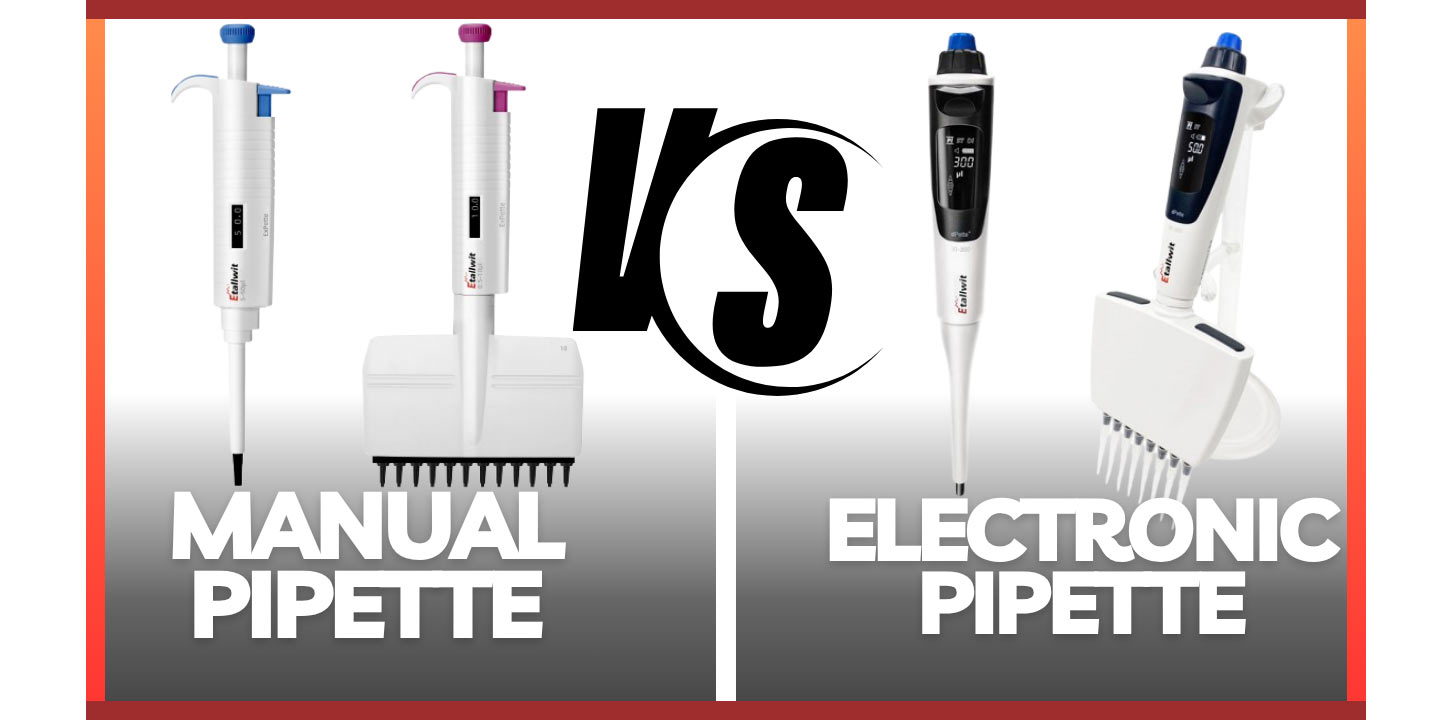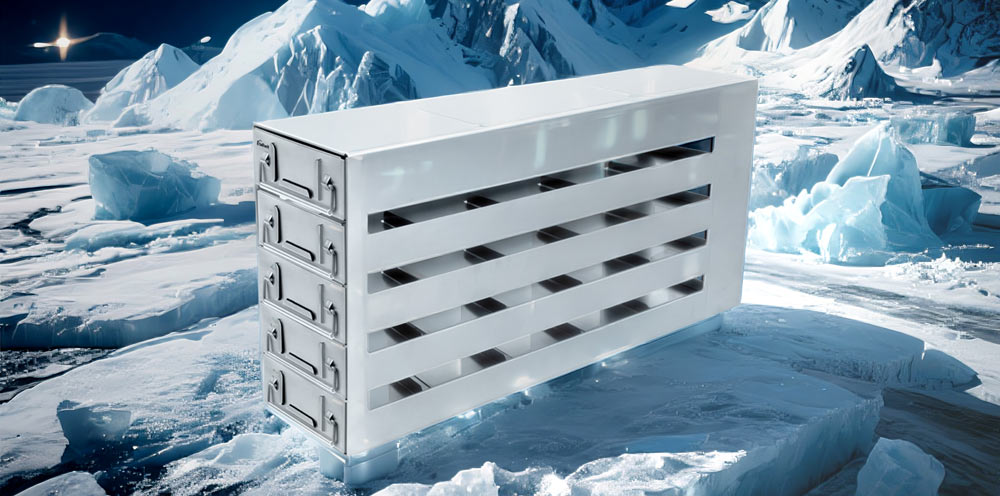Centrifugation is a fundamental technique in laboratory research, playing a crucial role in biomedical studies, clinical diagnostics, molecular biology, and chemical analysis. But have you ever wondered how a centrifuge efficiently separates complex mixtures?
By generating centrifugal force through high-speed rotation, a centrifuge enables the separation of particles, cells, proteins, and nucleic acids based on their density differences. Whether working with biological samples or industrial solutions, selecting the right centrifuge is essential for achieving precise and reliable results.
This guide provides an in-depth look at the classifications, applications, and selection criteria for laboratory centrifuges, helping researchers choose the best instrument for their needs.
Classifications of Laboratory Centrifuges
1. By Speed: Low-Speed to Ultracentrifuges
Low-Speed Centrifuges (4,000-8,000 rpm, 1,000-10,000×g )
Suitable for separating coarse particle suspensions in clinical and research settings.
High-Speed Centrifuges (10,000-25,000 rpm, ~50,000×g)
Designed for emulsions and fine suspensions, commonly used in molecular and cellular biology.
Ultracentrifuges (50,000-150,000 rpm, ≥505,000×g)
Ideal for nano-sized particles, subcellular structures, and macromolecules. These centrifuges are vacuum-sealed and equipped with an advanced cooling system.
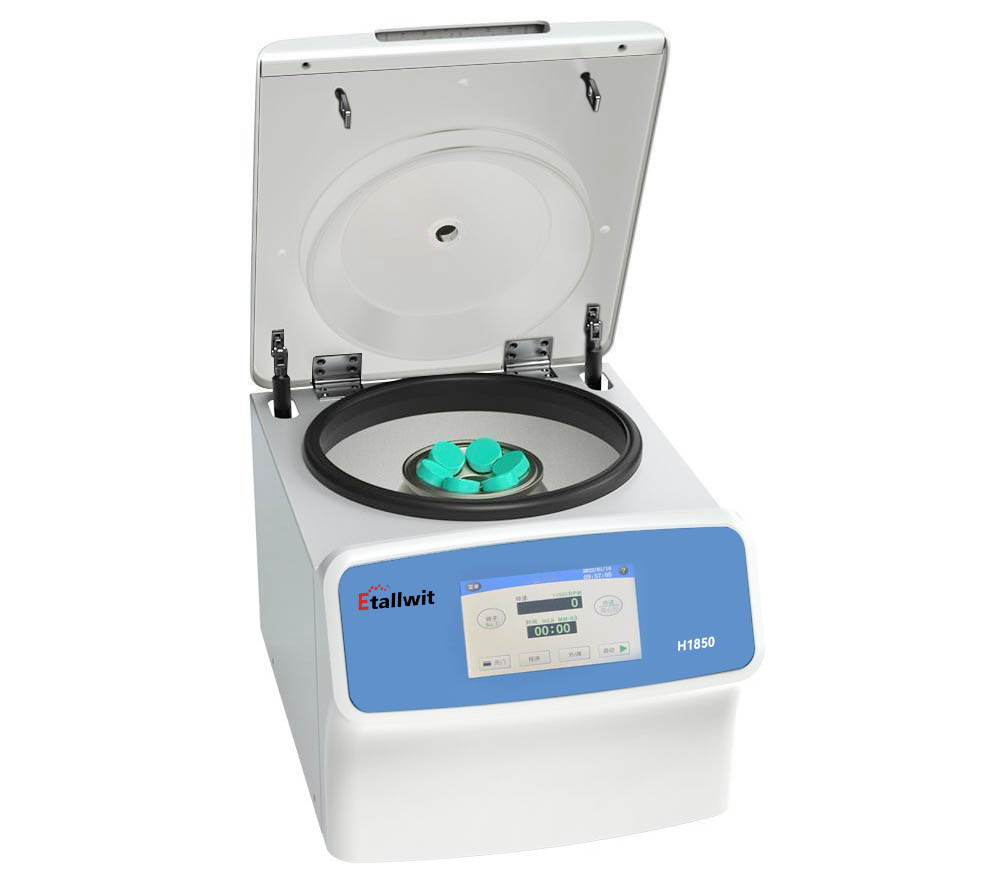
Example: Etallwit H1850 High-Speed Centrifuge
Max Speed: 18,500 rpm
Max Capacity: 4×100 mL
Features: 7-inch touchscreen, auto lid locking, aluminum alloy rotor, and multiple safety features
2.By Capacity: Micro to Large-Volume Centrifuges
Microcentrifuges (Benchtop): Designed for small-volume samples (≤2 mL), ideal for DNA/RNA extraction and protein analysis.
Mid-Capacity Centrifuges (Benchtop): Suitable for handling medium sample volumes, commonly used in tissue and cellular separation.
Large-Capacity Centrifuges (Floor-Standing & Benchtop): Used for large-volume blood and cell processing.
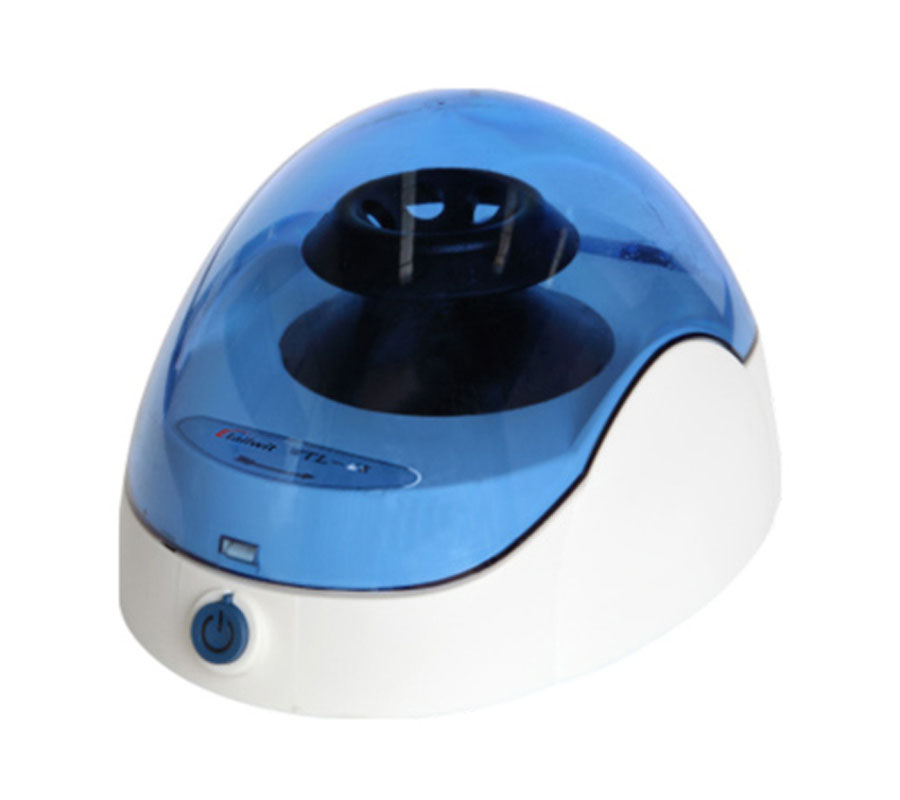
Example: Etallwit WTL Mini Centrifuge
Max Speed: 10,000 rpm
Capacity: 6×1.5 mL tubes
Compact and user-friendly design
3.By Temperature Control: Refrigerated vs. Non-Refrigerated
Non-Refrigerated Centrifuges: For general sample separation at ambient temperature.
Refrigerated Centrifuges: Equipped with a cooling system to prevent heat-induced sample degradation, essential for sensitive biological materials like proteins and cells.
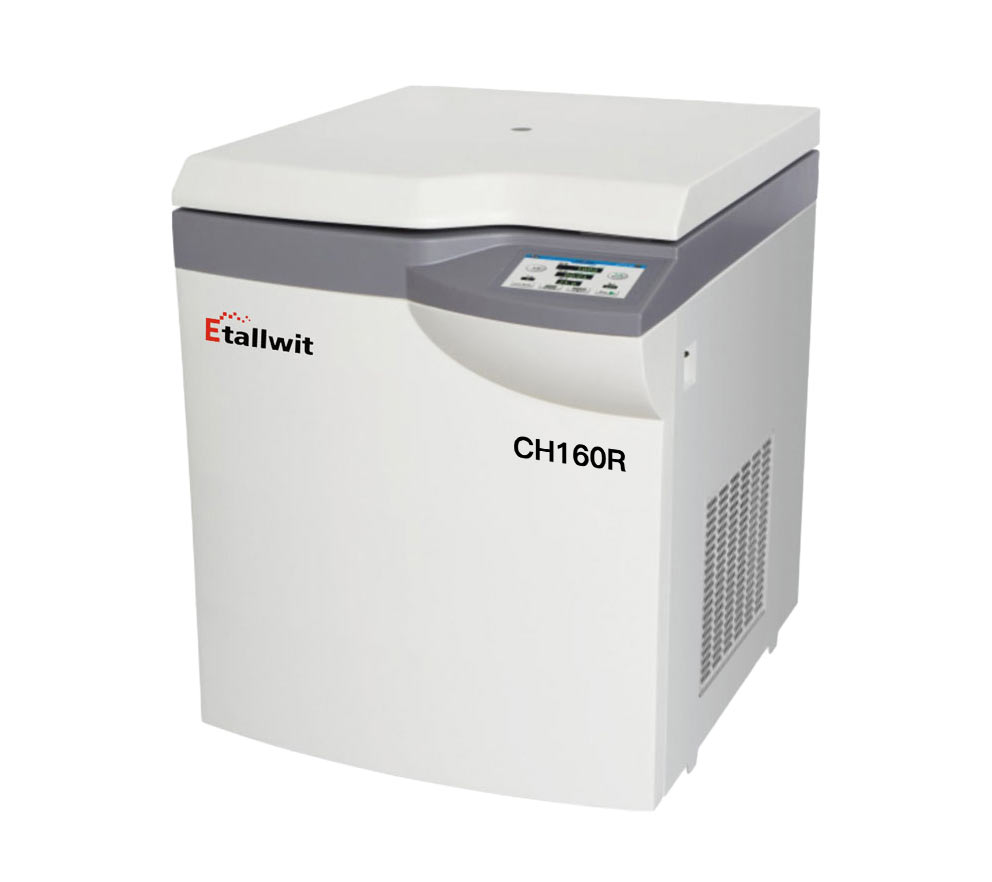
Example: Etallwit CH160R Large-Capacity Refrigerated Centrifuge
Max Capacity: 4×1000 mL
Max Speed: 16,000 rpm
Features: 12 interchangeable rotors, aluminum alloy construction, and stainless steel chamber
4.By Structural Design: Benchtop vs. Floor Centrifuges
Benchtop Centrifuges: Compact and space-saving, ideal for small to medium-sized labs.
Floor Centrifuges: Designed for high-throughput applications with larger sample volumes.
Key Applications of Laboratory Centrifuges
Centrifuges are indispensable in various scientific disciplines:
Cell Biology: Used for cell separation and organelle isolation in life sciences.
Molecular Biology: Essential for DNA/RNA extraction, protein purification, and immunoprecipitation assays.
Clinical Diagnostics: Enables serum, plasma, and blood sample separation for medical testing.
Environmental Science: Applied in water quality analysis and soil sample testing.
Lab vs. Industrial Centrifuges: Key Differences
While laboratory centrifuges focus on precision, small-scale sample processing, and high-speed separation, industrial centrifuges handle large-scale production, chemical processing, and waste treatment.
Lab Centrifuges: High-speed, small-scale, used in research, education, and precision diagnostics.
Industrial Centrifuges: Large-scale, used in pharmaceuticals, bioprocessing, food production, and petrochemical industries.
Leading Industrial Centrifuge Brands:
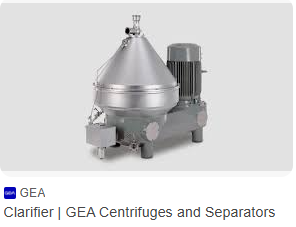
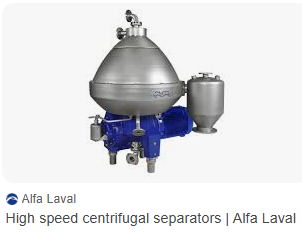
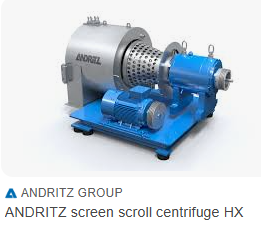
Why Choose Etallwit Centrifuges?
At Etallwit, we offer a comprehensive range of high-performance centrifuges tailored for laboratory needs. Our equipment ensures precision, safety, and efficiency across various applications, from biomedical research to industrial sample processing.

Our Product Range:
Micro & Mini Centrifuges (for small-volume samples)
High-Speed & Ultracentrifuges (for advanced research)
Large-Capacity Refrigerated Centrifuges (for clinical and pharmaceutical use)
Why Etallwit?
✔ High-quality engineering & safety features
✔ Advanced rotor technology & smart control systems
✔ Customizable solutions for research and industry
✔ Exceptional after-sales support & technical consultation
Selecting the right centrifuge depends on speed, capacity, cooling needs, and application. Whether working with nucleic acids, proteins, or blood samples, understanding centrifuge types can optimize lab efficiency and accuracy.
Ready to upgrade your lab equipment? Contact Etallwit Scientific today to explore our cutting-edge centrifuge solutions!

